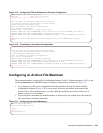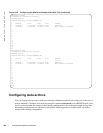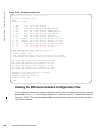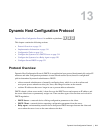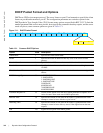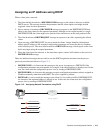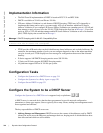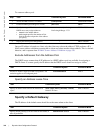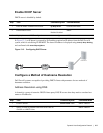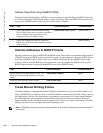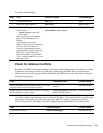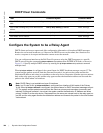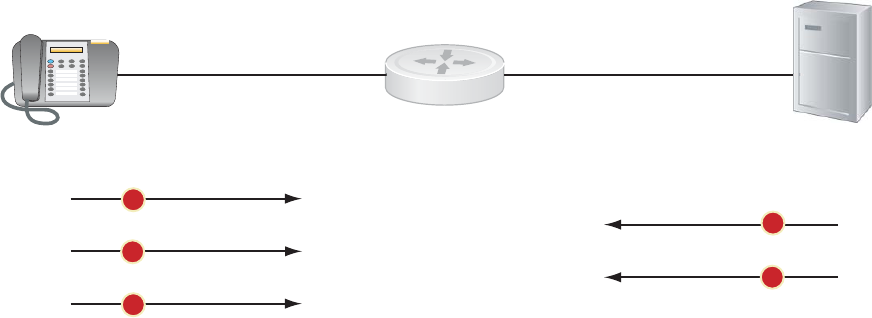
Dynamic Host Configuration Protocol | 313
Assigning an IP Address using DHCP
When a client joins a network:
1. The client initially broadcasts a DHCPDISCOVER message on the subnet to discover available
DHCP servers. This message includes the parameters that the client requires and might include
suggested values for those parameters.
2. Servers unicast or broadcast a DHCPOFFER message in response to the DHCPDISCOVER that
offers to the client values for the requested parameters. Multiple servers might respond to a single
DHCPDISCOVER; the client might wait a period of time and then act on the most preferred offer.
3. The client broadcasts a DHCPREQUEST message in response to the offer, requesting the offered
values.
4. Upon receiving a DHCPREQUEST, the server binds the clients’ unique identifier (the hardware
address plus IP address) to the accepted configuration parameters and stores the data in a database
called a binding table. The server then broadcasts a DHCPACK message, which signals to the client
that it may begin using the assigned parameters.
5. When the client leaves the network, or the lease time expires, returns its IP address to the server in a
DHCPRELEASE message.
There are additional messages that are used in case the DHCP negotiation deviates from the process
previously described and shown in Figure 13-2.
• DHCPDECLINE—A client sends this message to the server in response to a DHCPACK if the
configuration parameters are unacceptable, for example, if the offered address is already in use. In this
case, the client starts the configuration process over by sending a DHCPDISCOVER.
• DHCPINFORM—A client uses this message to request configuration parameters when it assigned an
IP address manually rather than with DHCP. The server responds by unicast.
• DHCPNAK—A server sends this message to the client if it is not able to fulfill a DHCPREQUEST,
for example if the requested address is already in use. In this case, the client starts the configuration
process over by sending a DHCPDISCOVER.
Figure 13-2. Assigning Network Parameters using DHCP
Client
Relay Agent
Serv
er
1. DHCPDISCOVER
2. DHCPOFFER
3. DHCPREQUEST
4. DHCPACK
5. DHCPRELEASE



